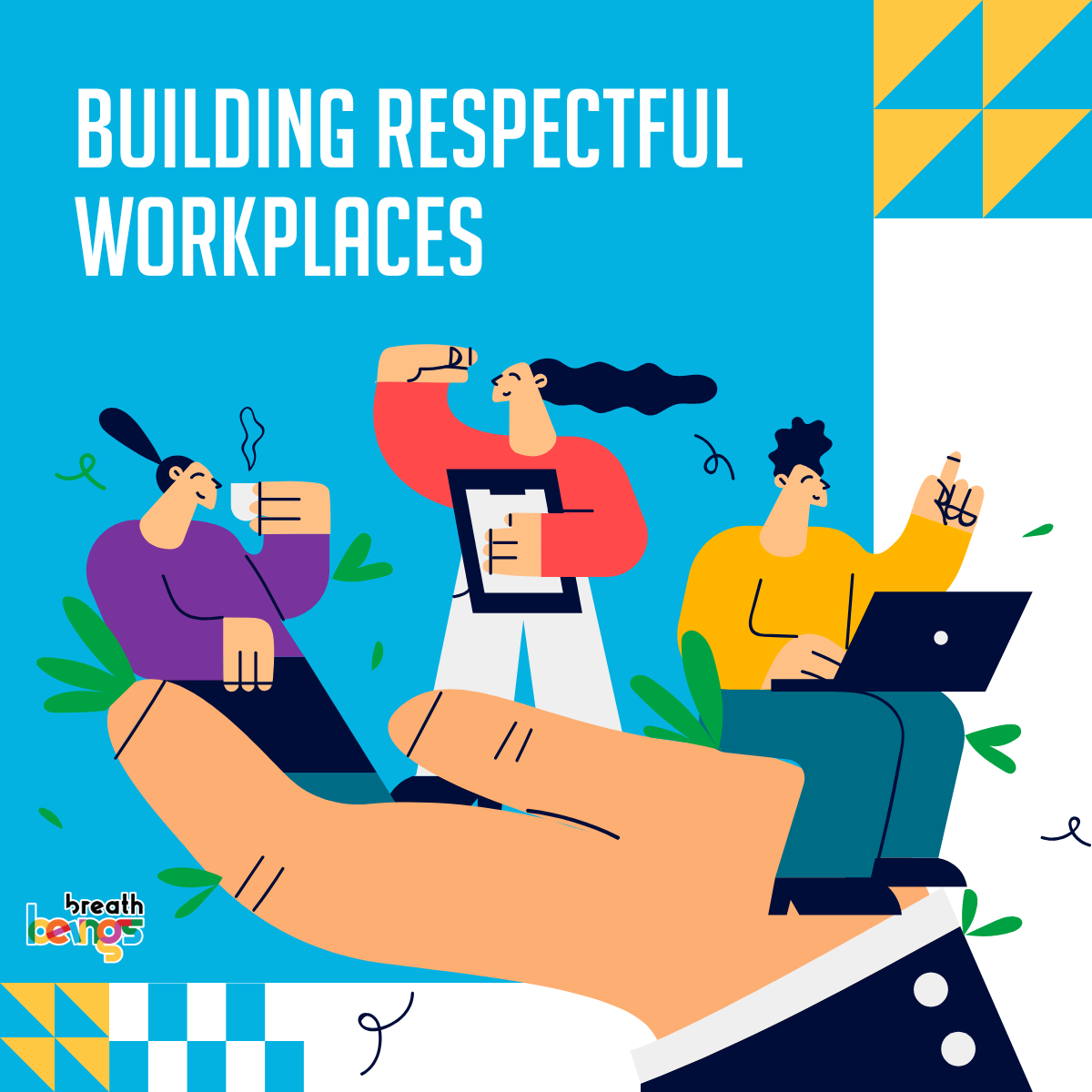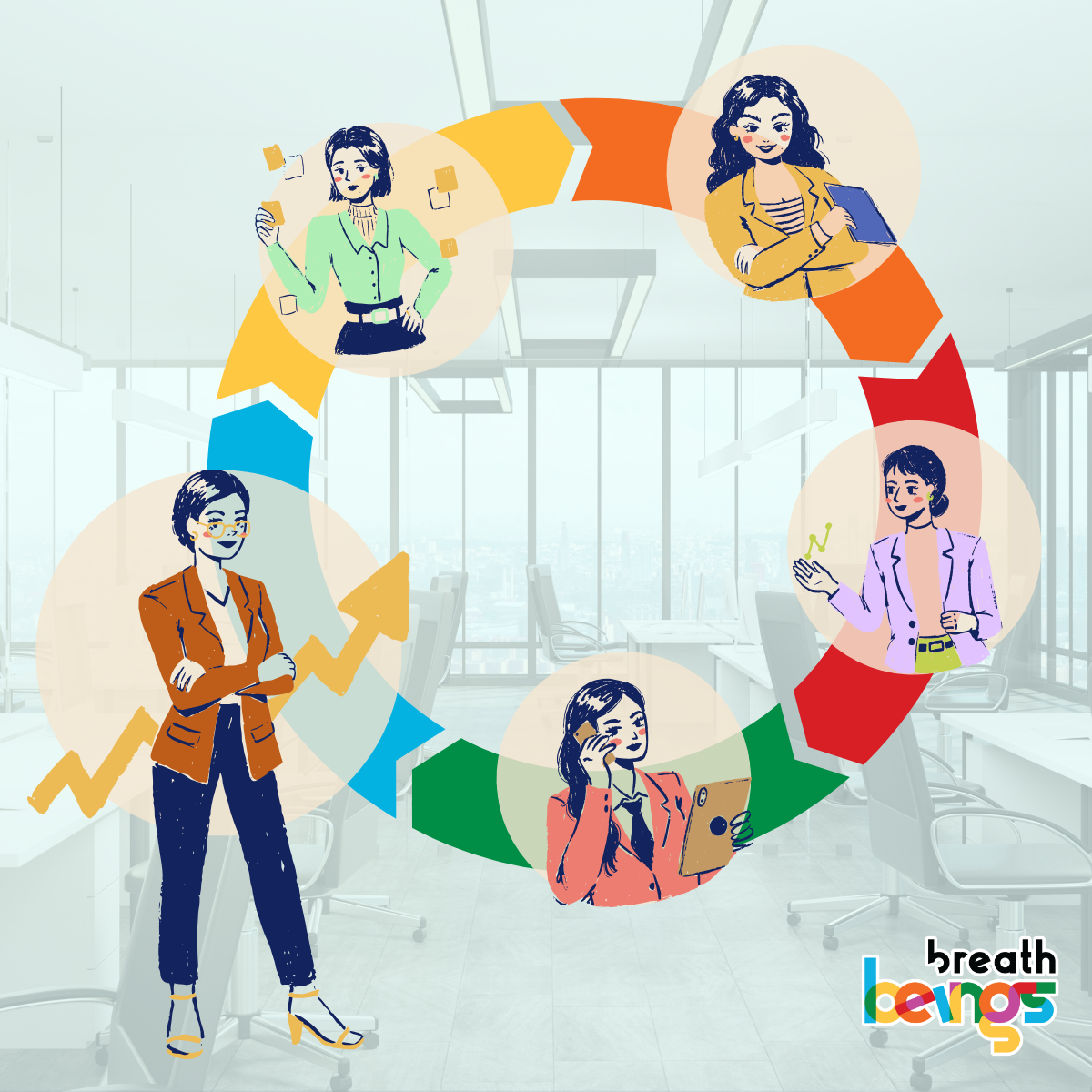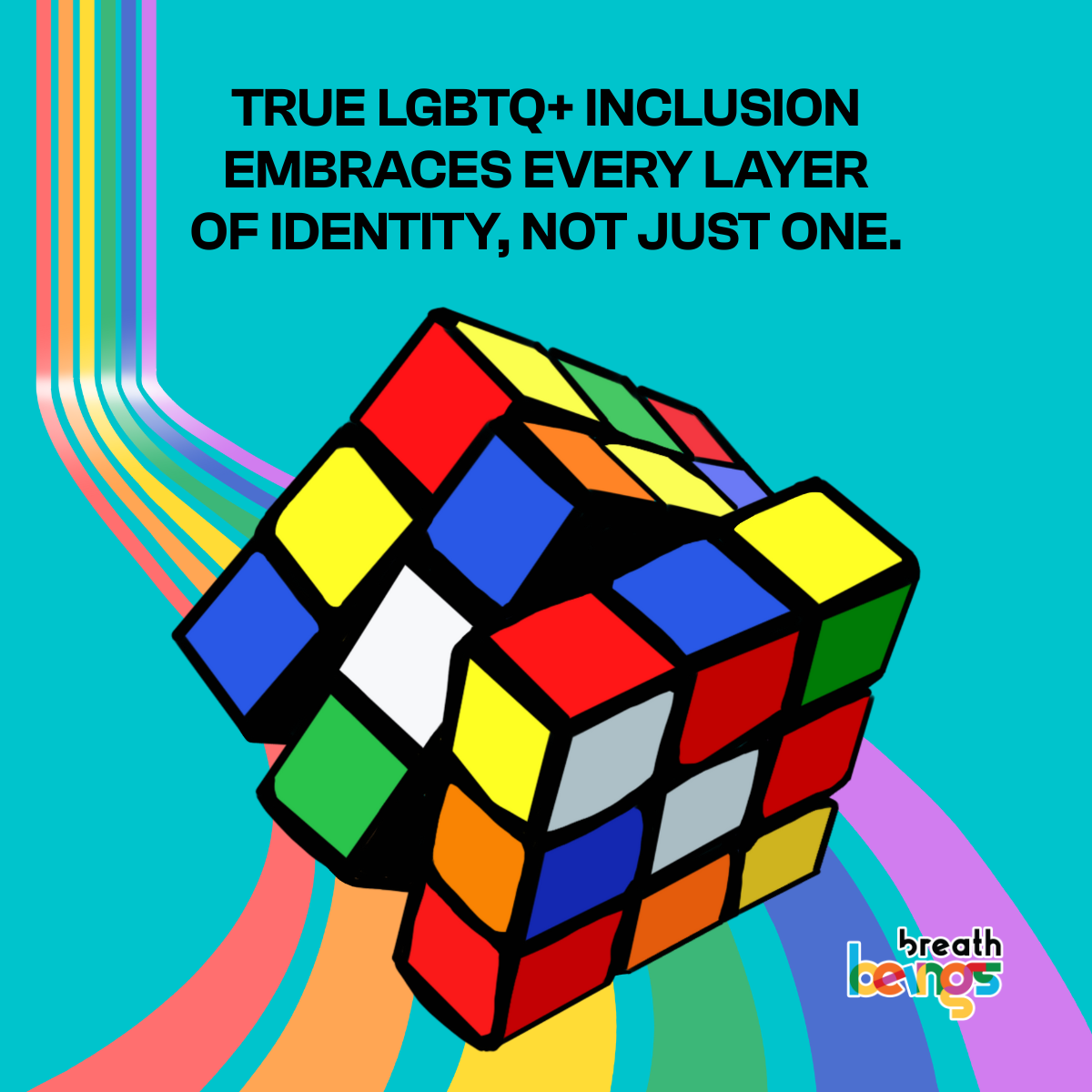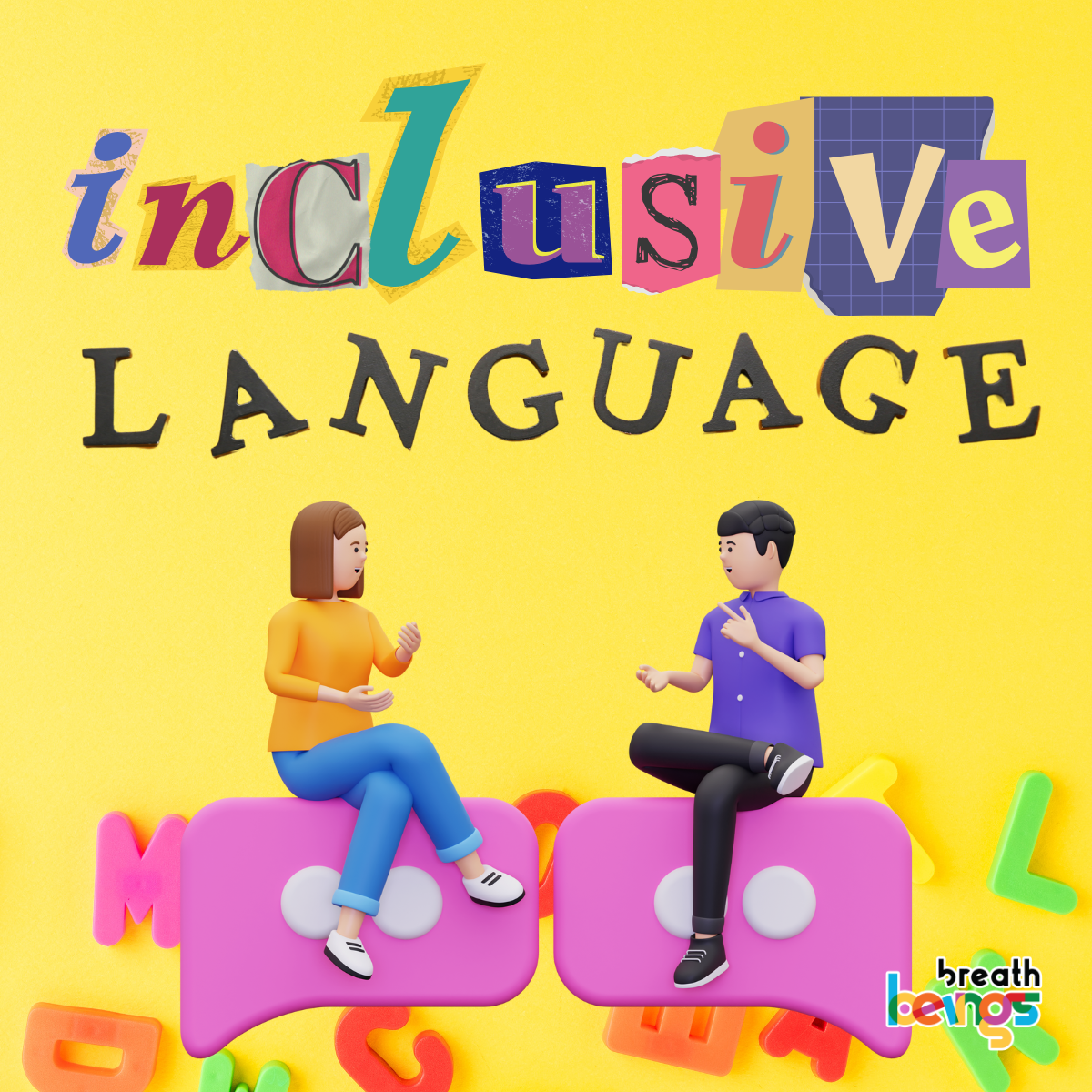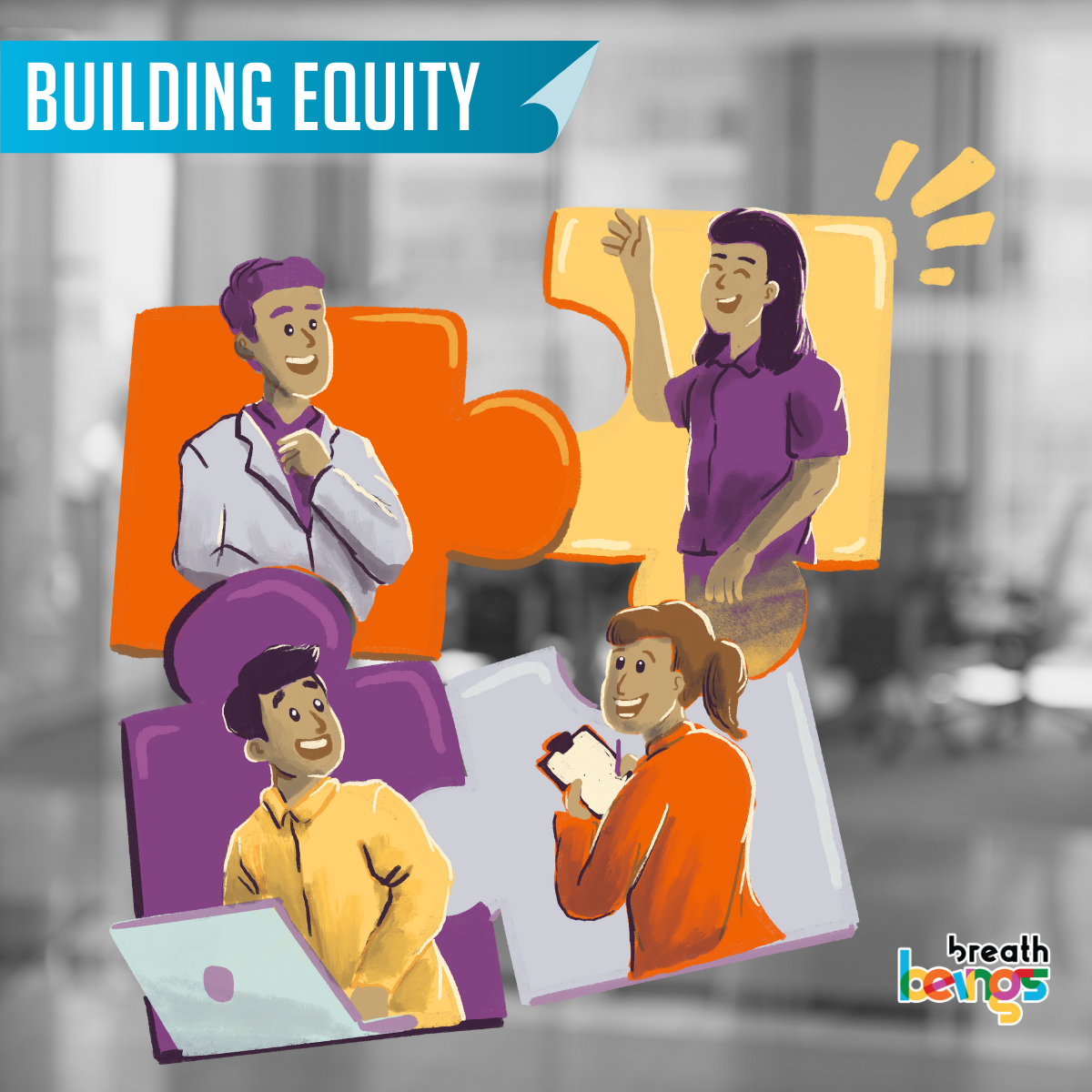Everyone has heard of or experienced FOMO at some point.
But what about its evil twin, FOBO?
Yes, the Fear of Missing Out (FOMO) has a worse side. It’s called Fear of Becoming Obsolete or FOBO.
A LinkedIn report from 2024 shows that 64% of working professionals globally are overwhelmed by the rapid changes due to technology adoption at the workplace. With AI shapeshifting job roles in different ways, and new job roles being created frequently, they worry that they will never catch up. Or worse, be redundant. There’s a lingering fear of better options replacing them.
Indians seem to be the most jittery lot. The ETS Human Progress Report 2025 tells us that 80% of Indians are hurrying to upskill themselves using AI tools; a far higher percentage compared to 61% globally.
FOBO is nowhere more present than in senior employees. With millennials and Gen Z making up more of the customer base and workforce, senior leaders often feel lost. The pressure to adapt and keep up with younger employees also induces insecurity, resentment, and overwhelm, which are just a few of the biggest issues that dog a multigenerational workforce.
Intergenerational colleagues also operate on preconceived notions, assumptions of abilities, and stereotypes. Older employees are often disdainful of the way younger employees work. And younger ones find experienced professionals to be inflexible and not open to new ideas. These differences can reach a head when interactions become increasingly strained leading to a disgruntled workforce.
The result? Unhappy employees, lack of collaboration, and unsatisfied customers.
But there’s good news. It’s not impossible to overcome generational differences to reap rich rewards from diverse perspectives, better knowledge-sharing, enhanced problem-solving, and so much more.
Organizations are now realizing that an engaged and resilient multigenerational workforce is the key to growth. So how can you help the five generations that are working together for the first time in history?
Here are 4 strategic ways to achieve harmony across the age gap and foster connection.
#1 Special Training Programs
Comprehensive training programs tailored to addressing the generational gap are bound to achieve good results. They can include a variety of formats including seminars, activities, role-playing, and informal conversational sessions with guidance from facilitators.
In the ETS report, 88% of participants view continuous learning to be essential to keep up with today’s work landscape with many giving a nod for AI literacy. Over 6 out of 10 employees showed eagerness in acquiring certifications or credentials through programs or courses to obtain critical skills.
The more the interaction, and the learning, the more individuals will come forward to share their stories, and eventually see that there are commonalities and not just differences.
#2 Reverse Mentoring Programs
The traditional top-down leadership model is being reexamined as teams become more diverse in background, age, values, work preferences, and expectations.
Here’s where reverse mentoring comes in. It’s a bottom-up model facilitating cross-generational flow of knowledge, where senior executives and junior staff exchange information and ideas. Senior leaders gain critical insights into emerging technologies and gain digital skills while younger employees can develop their leadership potential and strengthen core business skillsets with advice from experienced professionals.
The concept isn’t new. In 1999, Jack Welch, CEO of General Electric, organized a reverse mentoring program where he paired senior leaders with junior employees to learn more about the internet. Since then other global brands like P&G, O2, Danone, and others have implemented it and appreciated successful outcomes.

#3 Adapt Communication Styles
Different generations have vastly different communication styles. Gen Z might use emojis in work chats. Gen X might see that as unprofessional. Boomers might prefer phone calls, while Millennials prefer Slack threads or quick Zooms.
Due to these differences, communication breakdowns are common in multi-generational teams and building open communication can solve many a problem arising from misunderstanding or bias.
Rather than enforcing a single standard it’s better to work with their teams to define shared communication expectations. This could include preferred platforms for updates and expected response times. Understand when meetings are required versus when async updates work, and set rules to handle cross-time-zone collaboration.
#4 Build Inclusive and Flexible Work Environments
Each generation has different ways of working and this can be a big source of friction at the workplace. Most often, an individual’s approach to work is tied to the environment in which they grew up. For instance, while Baby Boomers tie their value to their job, prioritizing commitment, Gen-Z expects career progression and flexibility in their work. Younger generations place more emphasis on work-life balance, opting to work from home, while older generations may prefer structure and in-office routines.
Create a work culture that meets the expectations of most employees by fostering diversity and inclusion across all generations. Offer flexible work hours or hybrid schedules where possible and set clear expectations about availability and deliverables. Ensure that flexibility is balanced with accountability.
“When you were born definitely makes a difference”
Says a PwC multigenerational study the firm did back 2013, which highlighted stark differences between generations among its own employees. Work-life balance, work opportunities, people and team interactions, pay structures, and other factors mattered differently for different generations.
And although this study is now over a decade old, the broad thoughts it threw up remain relevant even today. As workforce demographics continue to evolve, companies that master generational collaboration stand to gain significant competitive advantages in talent retention, innovation, and market responsiveness.
How do you do that? By creating structured opportunities for exchange, adapting management practices, and measuring what works.
This not only streamlines work practices among different age groups but also mitigates FOBO. More importantly, organizations have an opportunity to celebrate and leverage differences to drive a shared sense of purpose. There’s harmony in diversity, isn’t there?


